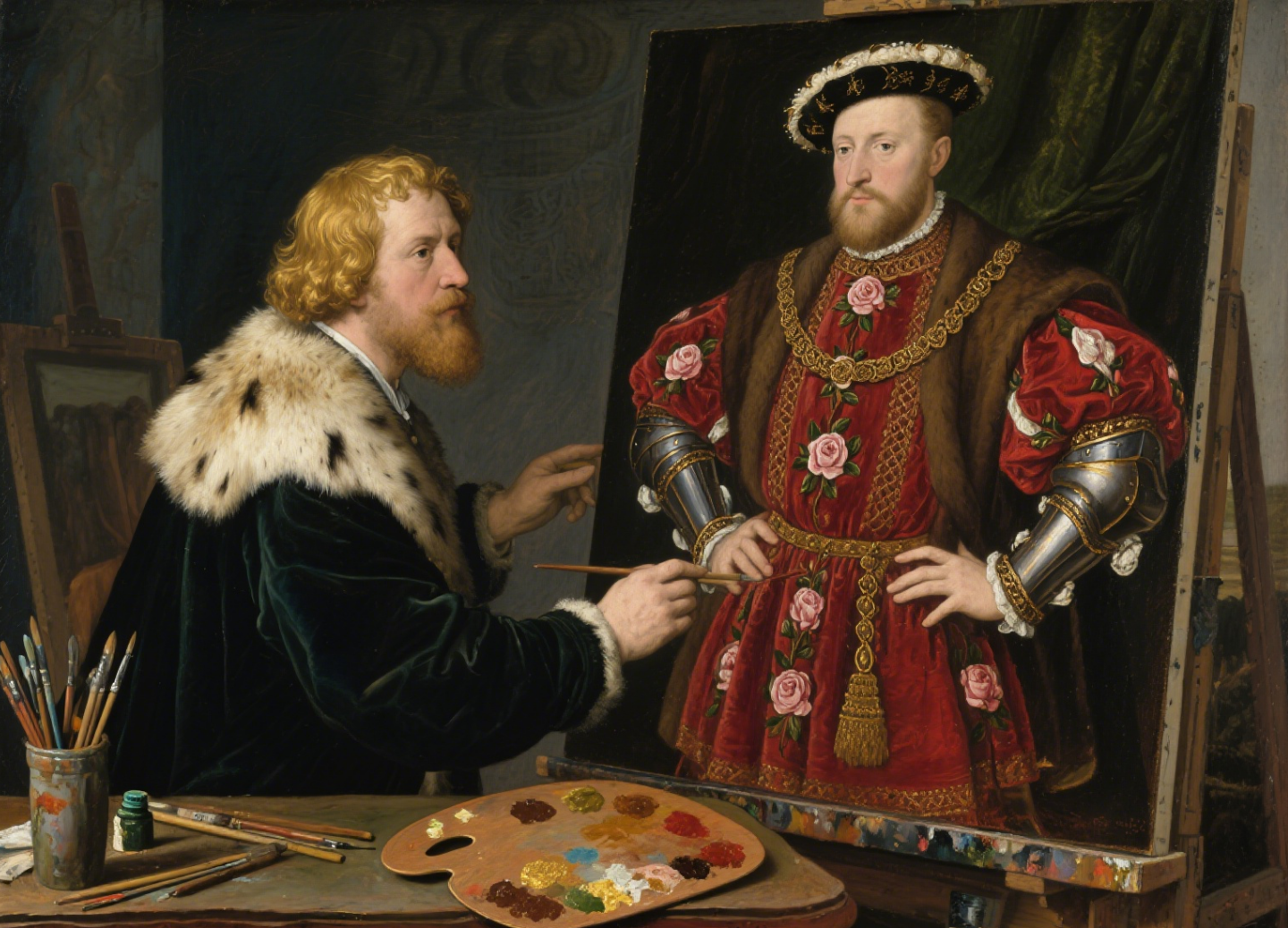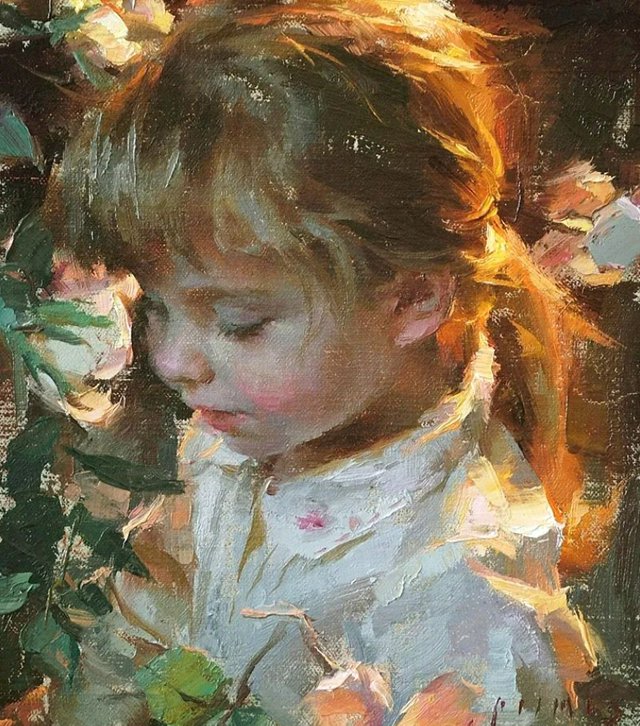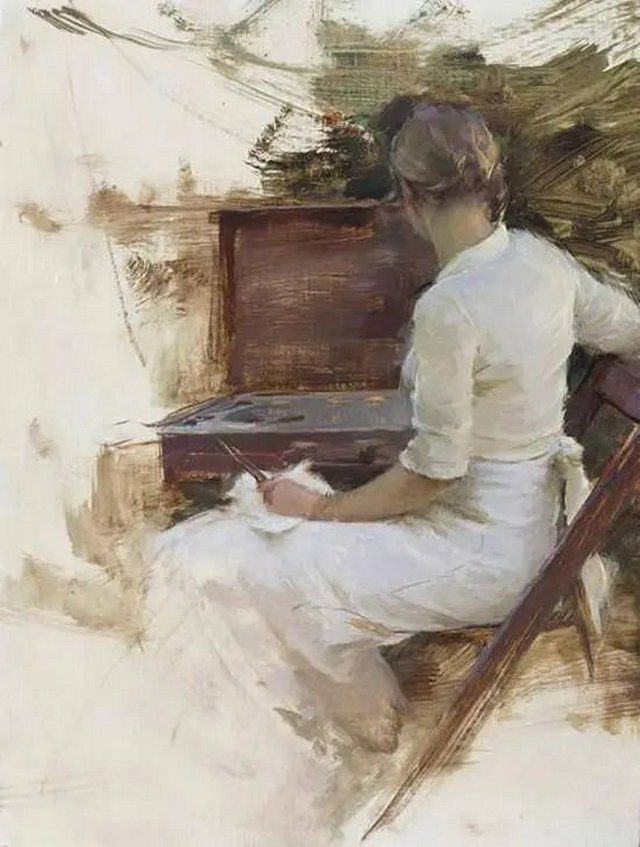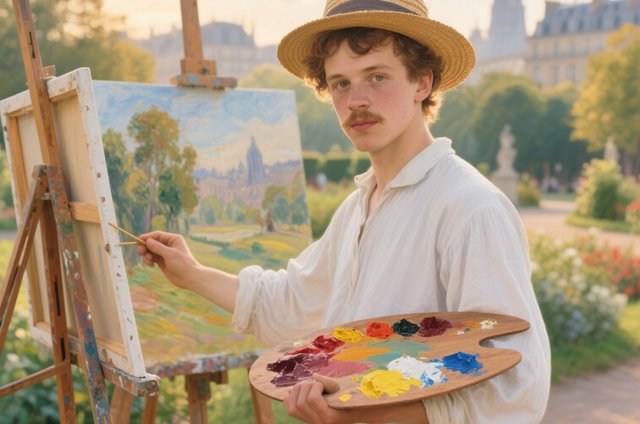Court Painters Who Ruled History: 7 Artists Who Painted Kings (Their Scandalous Secrets)

Behind every great monarch is a great painter. For centuries, court painters weren’t just Artists—they were spies, diplomats, and power players, capturing kings, queens, and nobles in oil while navigating palace drama. Their portraits didn’t just record faces; they sold legacies: strength for warriors, piety for queens, and wealth for empires. At theArtPaint, we’re pulling back the curtain on 7 iconic court painters, their royal masterpieces, and the secrets hidden in their brushstrokes.
Why Court Painters Mattered: More Than Just “Royal Photographers”
Before cameras, oil portraits were currency. A king’s power was measured in how he looked on canvas: regal, fierce, or beloved. Court painters had one job: make royalty matter. They worked in palaces, ate at the royal table, and saw everything—affairs, plots, even weaknesses.
Their tools? Oil paint, which dried slowly enough to tweak a smile into authority or soften a scar into a “warrior’s badge.” They mastered realism to flatter (but not lie) and symbolism to tell stories: a crown for legitimacy, a sword for strength, a dog for loyalty. Mistakes meant exile (or worse). Success meant immortality.
7 Legendary Court Painters & Their Royal Legacies
1. Hans Holbein the Younger (1497–1543): Henry VIII’s “Truth Teller”
Holbein didn’t just paint England’s tyrannical king—he shaped how we see him. Hired by Henry VIII to document his reign, the German artist used oil to balance flattery and honesty.
Masterpiece: Hans Holbein the Younger, Portrait of Henry VIII (1540). Oil lets Holbein make Henry’s shoulders wider (to look powerful), his stare piercing, and his jewels glow like a king’s treasure. But he didn’t hide the double chin or the scowl—this was a ruler, not a saint.
Holbein’s trick? Thin glazes of brown and gold to warm Henry’s skin, and thick impasto for the fur trim on his coat, making it look touchable. He even snuck in political messages: the king’s hand on his hip (a pose of command) and the Tudor rose on his sleeve.
2. Diego Velázquez (1599–1660): The King of Spain’s “Eyes and Ears”
Velázquez wasn’t just Philip IV’s painter—he was his confidant. The Spanish artist lived in the palace, witnessed state secrets, and painted them into his work (if you knew where to look).
Masterpiece: Las Meninas (1656). This Oil painting isn’t just a portrait of the royal family—it’s a puzzle. The young princess, her maids, and Velázquez himself (easel in hand) stare at us—or maybe at Philip IV and his queen, whose reflections glint in a mirror. Oil lets Velázquez blur the lines: who’s the subject? Who’s the viewer?
His skill? Mixing oil with resin to make fabrics shine (the princess’s silk dress) and layering dark glazes to make shadows feel endless. Philip trusted him so much, he let Velázquez skip court rituals—unheard of for a commoner.
3. Anthony van Dyck (1599–1641): Charles I’s “Image Maker”
Van Dyck turned England’s doomed king into a style icon. The Flemish painter fled war in Europe to work for Charles I, and his oil portraits made the king look elegant, even as his kingdom crumbled.
Masterpiece: Anthony van Dyck, Charles I at the Hunt (1635). Oil lets Van Dyck make Charles’s pose relaxed but regal—one hand on his hip, the other holding a glove. His long legs (stretched by Van Dyck’s brush) and soft lace collar scream “refinement.”
Van Dyck’s signature? Pale, luminous skin (layered with white glazes) and dramatic lighting that makes his subjects glow. He even invented the “Van Dyck beard”—a pointed style Charles adopted, thanks to the painting.
4. Jean-Honoré Fragonard (1732–1806): Louis XV’s “Playful Spy”
Fragonard painted France’s last royal court before the Revolution—and he didn’t shy away from its scandals. Hired by Louis XV’s mistress, Madame de Pompadour, he used oil to capture their wild parties, secret trysts, and fleeting joy.
Masterpiece: The Swing (1767). This oil work is a riot of pinks and greens: a young woman flies on a swing, her shoe flying off, while a man hides in the bushes, watching. Oil makes the scene feel alive—the leaves rustle, the dress billows, and the mood is naughty but light.
Fragonard’s trick? Quick, messy brushstrokes (alla prima, wet-on-wet) to keep the energy high. He used bright, unblended colors (a shock for his time) to make the fun feel urgent—as if the party could end any second (and it did: the Revolution came 20 years later).
5. George Stubbs (1724–1806): Britain’s “Horse Whisperer”
Stubbs painted kings, but his real love was horses. Hired by British royalty to document their prized steeds, he revolutionized animal portraiture with oil, making horses look like individuals—not just props.
Masterpiece: Whistlejacket (1762). This life-sized oil of a chestnut stallion (owned by the Duke of Cumberland) is bold: no background, no rider—just the horse, rearing. Oil lets Stubbs show every muscle, every hair, and the fire in its eyes.
How he did it? He dissected dead horses (gross, but effective) to study anatomy, then used thin oil glazes to build the coat’s shine. Royalty loved it—finally, their horses looked as noble as they did.
6. Thomas Gainsborough (1727–1788): The “Rebel” Court Painter
Gainsborough painted British kings, but he hated formality. The English artist snuck landscapes into his royal portraits, making nobles look like they belonged in nature—not stuffy palaces.
Masterpiece: George III and Queen Charlotte (1781). Oil lets Gainsborough soften the royal couple: George isn’t scowling (unlike most kings in portraits), and Charlotte’s dress blends with the green background. He used loose, feathery brushstrokes to make the scene feel calm, not stiff.
His secret? Mixing oil with turpentine to thin the paint, creating soft edges. He once said, “I’d rather paint a landscape than a king”—but his royal portraits made him rich anyway.
7. Francisco Goya (1746–1828): The “Court Critic”
Goya started as a flatterer for Spain’s Charles IV, but ended as a truth-teller. The Spanish artist used oil to paint royal grandeur—then later, its rot, as the monarchy collapsed.
Masterpiece: The Family of Charles IV (1800). At first glance, it’s a typical royal portrait: the king, queen, and kids in fancy clothes. But look closer: their faces are puffy, their poses awkward. Goya’s oil glazes make the queen’s jewels look heavy, not shiny—like a burden.
He got away with it because he was a genius. Later, he painted The Third of May 1808 (1814), an oil work showing French soldiers executing Spaniards—no more flattery, just horror. The king never noticed the digs in his family portrait.
How to Spot a Court Painting’s Secrets
Symbols matter: A book = wisdom; a sword = power; a dead bird = lost love (yes, really).
Backgrounds tell stories: A plain wall = piety; a landscape = wealth (land ownership).
Hands reveal emotion: Clenched fists = anger; relaxed hands = confidence.
Pro tip: Compare a court portrait to a “regular” painting of the same era. Court oil has more layers (to look “expensive”) and brighter pigments (lapis lazuli, gold leaf)—royalty wanted to stand out.
Table: Court Painters & Their Royal Flair
| Artist | Royal Patron | Signature Oil Technique | Most Iconic Work | Hidden Message |
|---|---|---|---|---|
| Hans Holbein | Henry VIII (England) | Realistic details, political symbols | Portrait of Henry VIII | Henry’s power = England’s strength |
| Diego Velázquez | Philip IV (Spain) | Mirror tricks, soft focus edges | Las Meninas | The king is always watching |
| Anthony van Dyck | Charles I (England) | Elegant poses, luminous skin | Charles I at the Hunt | Royalty = style |
| Francisco Goya | Charles IV (Spain) | Subtle criticism in glazes | The Family of Charles IV | The monarchy is weakening |
Court painters weren’t just artists—they were historians with brushes. Their oil portraits are more than pretty pictures; they’re politics, drama, and survival. Today, we look at their work and see not just kings, but the people behind the crowns—flawed, powerful, and human.
At theArtPaint, we think the best way to honor them is to look closely. Next time you see a royal portrait, ask: What is the painter trying to hide? What are they brave enough to show?
Explore our guide to “10 Must-See Court Paintings in Europe” or try painting a “royal” portrait of your pet (extra points for symbolism!).
theArtPaint.com—where every portrait tells a secret.




